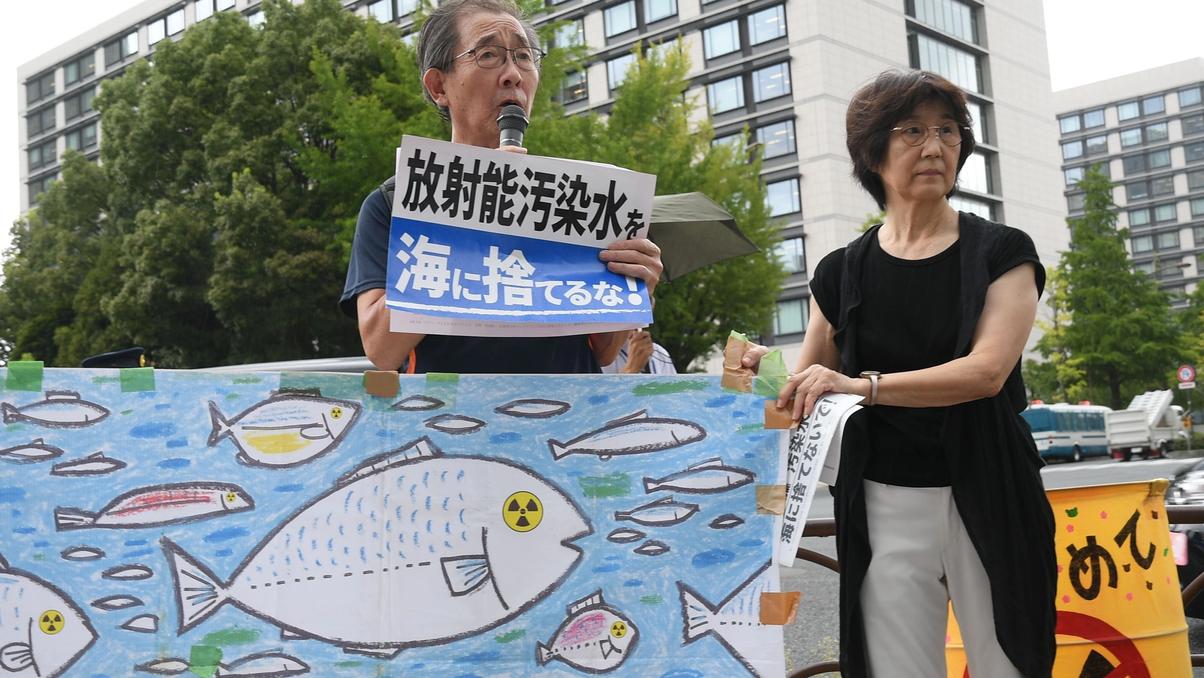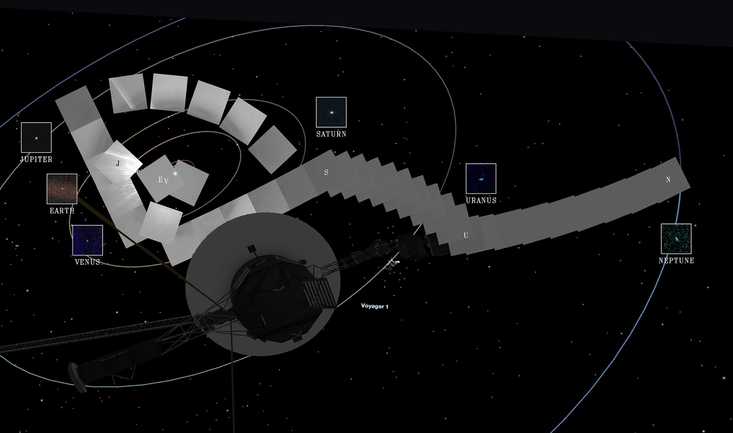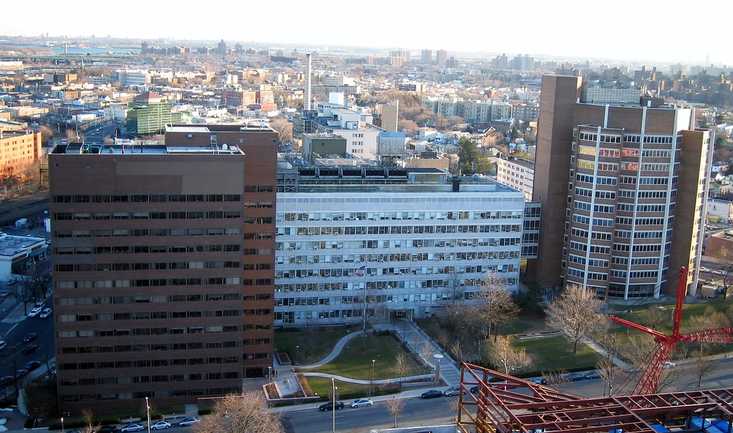Japan Is About To Dump Nuclear Wastewater Into The Sea … Again
The controversial project could last decades. Shutterstock
Shutterstock
News that is entertaining to read
Subscribe for free to get more stories like this directly to your inboxA little more than a month ago, Japan sparked international outrage with its decision to release a significant amount of wastewater from its Fukushima nuclear plant into the ocean. Of course, the nation claimed that the radioactive water had been treated and was not a threat, but other countries weren’t convinced.
China refused to accept any seafood from Japan and South Koreans held protests in the aftermath of the controversial move.
It’s time for round two
Despite the backlash, Tokyo’s plan continues. According to an announcement this week, the second round of treated wastewater was dumped into the Pacific Ocean on Thursday.
This release is expected to be roughly the same size as the first one — 7,800 tons — and will be spread out over the course of about two and a half weeks.
In total, Japan says there are about 1.34 million tons of wastewater filling up roughly 1,000 tanks. It’s been there for more than a decade since an earthquake and tsunami destroyed the facility.
That means this release is just the second in what promises to be a long line of wastewater dumps that could last decades into the future.
Figuring out the impact
For its part, Japan says its treatment process effectively dilutes the radioactive water to the point that any remaining nuclear contaminants are no longer harmful and fall well within existing standards.
The International Atomic Energy Agency seems to agree, determining that the release would have little if any negative health or environmental effects — that is, as long as Japan follows its own plan to the letter.
But since this is the first project of its kind, some scientists insist we don’t know enough about the long-term exposure to low doses of radioactive waste to understand if there will be unintended consequences.
 Why Is The Aging Voyager 1 Probe Sending Back Incoherent Communications?
It's been speaking gibberish for a few months and officials are concerned.
Why Is The Aging Voyager 1 Probe Sending Back Incoherent Communications?
It's been speaking gibberish for a few months and officials are concerned. One Woman’s Massive Donation Is Wiping Out Tuition At This Medical School
Her inheritance came with the instruction to do "whatever you think is right."
One Woman’s Massive Donation Is Wiping Out Tuition At This Medical School
Her inheritance came with the instruction to do "whatever you think is right." Woman’s Pets Will Inherit Her Multimillion-Dollar Fortune, Not Her Kids
It's not the first time four-legged heirs were named in a will.
Woman’s Pets Will Inherit Her Multimillion-Dollar Fortune, Not Her Kids
It's not the first time four-legged heirs were named in a will.